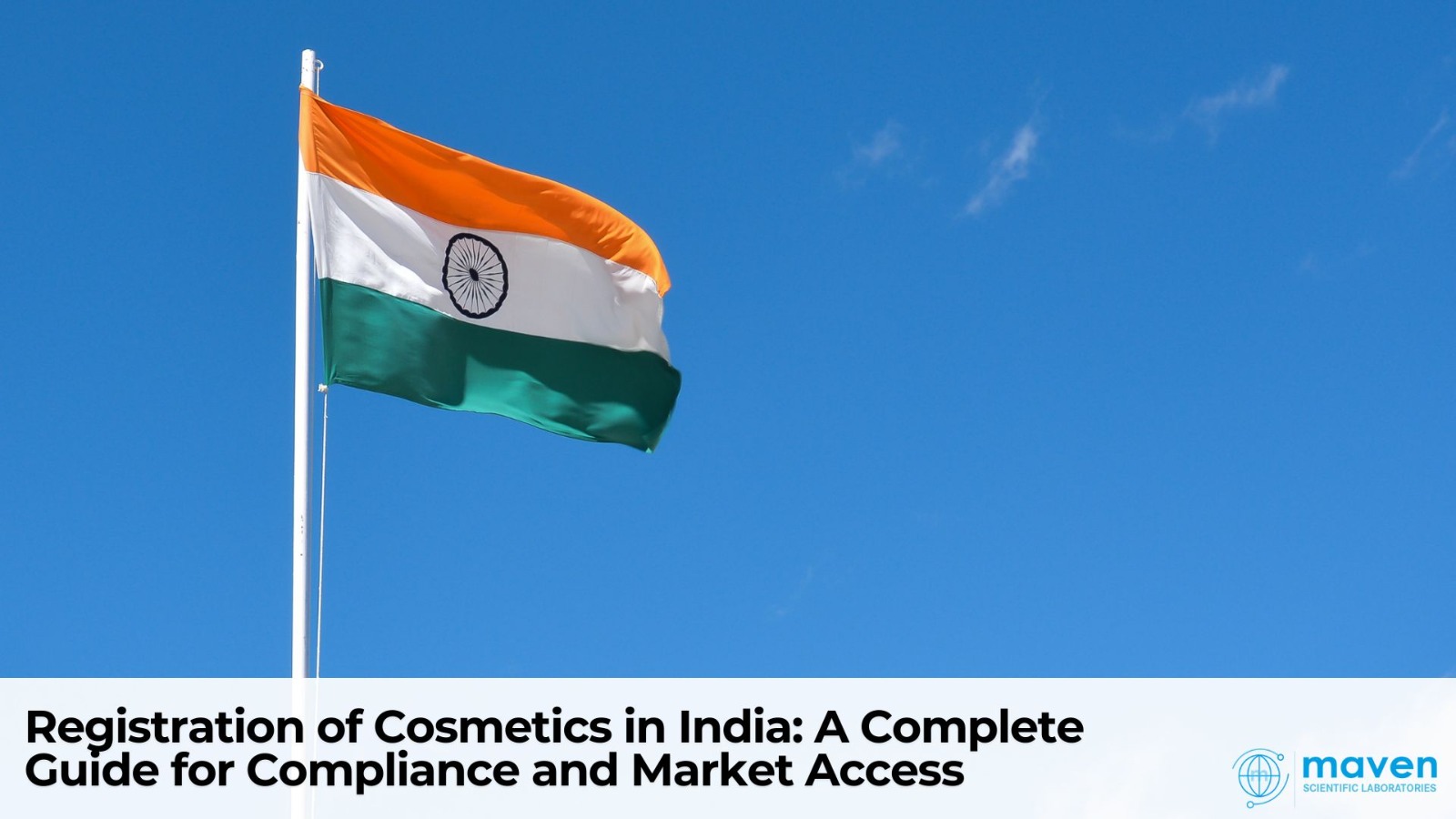
Registration Of Cosmetics In India: A Complete Guide For Compliance And Market Access
India’s cosmetics market is witnessing tremendous growth, fueled by rising consumer demand for skincare, haircare, grooming, and wellness products. Whether you're a domestic manufacturer or a global beauty brand aiming to enter this dynamic market, understanding and complying with Indian regulatory requirements is crucial.
The registration of cosmetics in India is governed by the Drugs and Cosmetics Act, 1940 and Rules, 1945, which have been updated and streamlined under the Cosmetics Rules, 2020, notified by the Ministry of Health and Family Welfare. This comprehensive guide provides an overview of the process, documentation, labeling, and post-registration obligations for cosmetic registration in India.
1. Regulatory Authority
The Central Drugs Standard Control Organization (CDSCO) under the Directorate General of Health Services is the national regulatory body responsible for:
- Approval and registration of cosmetics
- Import licensing
- Ensuring compliance with safety and quality standards
2. Definition of Cosmetics (As per Indian Law)
As per Section 3(aaa) of the Drugs and Cosmetics Act, 1940:
"Cosmetic means any article intended to be rubbed, poured, sprinkled or sprayed on, or introduced into, or otherwise applied to the human body or any part thereof for cleansing, beautifying, promoting attractiveness or altering the appearance..."
This includes creams, lotions, shampoos, lipsticks, perfumes, deodorants, and other beauty and personal care products.
3. Categories of Cosmetic Registration
a. Import Registration
- Governed by Rule 13 of the Cosmetics Rules, 2020
- Mandatory for every individual product imported into India
b. Manufacturing License for Domestic Cosmetics
- Issued via Form COS-8 (License) or Form COS-9 (Loan License)
- Required for local manufacturing and sale in the Indian market
4. Import Registration Process (Step-by-Step)
- Appoint an Authorized Indian Agent
The foreign manufacturer must authorize an Indian entity to act as an agent or importer. - Submit Application (Form COS-1)
The agent or importer must apply via CDSCO’s online portal along with the necessary documentation and fees. - Review and Grant of Certificate (Form COS-2)
Upon satisfactory review, CDSCO issues a Registration Certificate (valid for 5 years). - New Products (Form COS-3)
Prior permission must be obtained for new cosmetic products before initiating registration.
5. Manufacturing License Process
- Apply via Form COS-5 or COS-6
Depending on whether it's a direct license or a loan license. - Declaration (Form COS-7)
Submission of self-declaration confirming Good Manufacturing Practices (GMP). - Inspection and Approval
Post-approval, the manufacturing facility will be inspected within 30 days by a delegated officer.
6. Key Documents Required for Import Registration
- Cover letter and duly filled Form COS-1
- Power of Attorney / Authorization Letter
- Free Sale Certificate (FSC) from the country of origin
- Manufacturing License
- Ingredient list with concentrations
- Labeling details in compliance with BIS and Cosmetic Rules
- Safety data (COA, microbial limits, heavy metals)
- Non-Animal Testing Declaration
- Pack insert/artwork in English
- Declaration for Heavy Metals & Hexachlorophene content
- Proof of applicable Government Fees
7. Labeling Requirements
Cosmetic labels must adhere to the Bureau of Indian Standards (BIS) and Legal Metrology Rules:
- Product name and brand
- Net content (weight/volume)
- Manufacturing and expiry date
- Batch number
- Manufacturer/Importer’s name and address
- Directions, warnings, and "For external use only" (if applicable)
- MRP inclusive of all taxes
- “Imported” mention for imported cosmetics
8. Applicable BIS Standards
Some important standards to comply with:
- IS 4011:2018 – General guidelines on cosmetics
- IS 4707 (Part 1 & 2) – Permitted/restricted/banned ingredients
- IS 6608 – Labeling of cosmetics
9. Prohibited Substances and Testing Restrictions
- No use of banned substances listed in IS: 4707
- Heavy metals like arsenic, lead, mercury must be within prescribed limits
- Hexachlorophene is banned
- Animal testing is strictly prohibited for cosmetics in India
11. Post-Registration Compliance
Once registered or licensed:
- Ensure product labeling, safety, and quality are maintained
- Report adverse events or product recalls to CDSCO
- Renew the license/registration before expiry
12. Export Registration
While the primary regulations focus on Indian market access, exporters from India must also ensure:
- Product compliance with importing country regulations
- Valid manufacturing licenses and COAs
- Proper labeling and safety declarations
13. How Maven Can Help
At Maven, we specialize in regulatory compliance and offer tailored support to both international and domestic cosmetic brands, including:
- Product classification and ingredient screening
- Label and claims review as per BIS standards
- Preparation and submission of COS-1, COS-3, COS-5/6 forms
- Good Manufacturing Practice (GMP) advisory
- Product Information File (PIF) and CPSR compilation
- Market access planning and regulatory intelligence
Conclusion
Registering cosmetic products in India involves a detailed understanding of regulatory pathways and documentation requirements. With the right preparation and expert guidance, brands can unlock vast market opportunities while ensuring consumer safety and compliance.
Contact Maven’s regulatory experts today for end-to-end support and seamless market entry.
Post a comment
Tags
Dental implants, Nutraceuticals, Medical devices, Veterinary, Pharmacovigilance, FDA Warning, Medical writing, Biosimilars, Agrochemicals, Medico marketing, Cosmetics, Patent, Veterinary.







